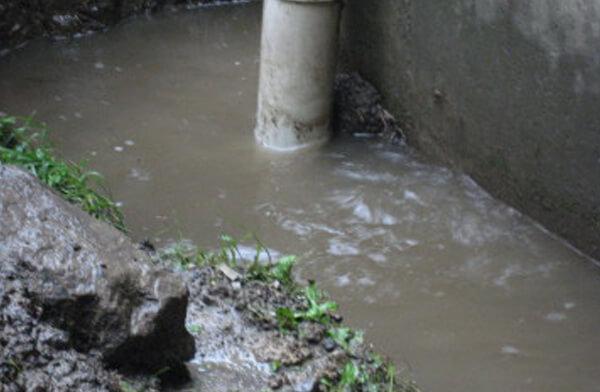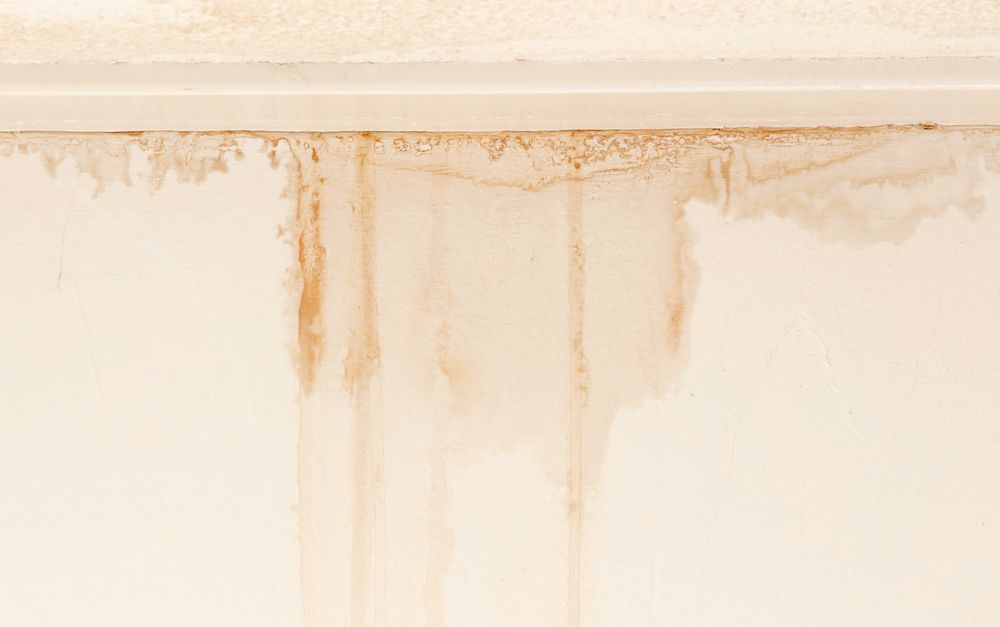What are your opinions concerning Leaking water lines?

Early detection of leaking water lines can minimize a prospective disaster. Some tiny water leaks may not be visible.
1. Examine the Water Meter
Examining it is a guaranteed method that helps you discover leakages. If it relocates, that indicates a fast-moving leak. This means you might have a slow-moving leak that might also be below ground.
2. Inspect Water Intake
Examine your water expenses and track your water usage. As the one paying it, you ought to notice if there are any type of inconsistencies. If you detect sudden changes, in spite of your consumption coinciding, it means that you have leaks in your plumbing system. Bear in mind, your water bill must fall under the exact same array each month. An abrupt spike in your bill suggests a fast-moving leakage.
A steady increase every month, even with the same habits, reveals you have a slow-moving leakage that's additionally gradually intensifying. Call a plumber to thoroughly check your home, particularly if you feel a cozy location on your floor with piping beneath.
3. Do a Food Coloring Test
When it comes to water intake, 30% originates from toilets. Examination to see if they are running correctly. Drop flecks of food color in the container as well as wait 10 minutes. If the color in some way infiltrates your bowl during that time without flushing, there's a leak between the storage tank and also dish.
4. Asses Outside Lines
Do not forget to inspect your outside water lines also. Examination spigots by attaching a garden pipe. Should water seep out of the connection, you have a loose rubber gasket. Replace this as well as make certain all links are limited. If you have actually obtained a sprinkler system, it will help get it expertly analyzed as well as maintained yearly. One tiny leak can lose lots of water as well as increase your water bill.
5. Examine the situation as well as examine
Homeowners ought to make it a routine to check under the sink counters and also also inside cabinets for any type of bad odor or mold and mildew growth. These two warnings show a leakage so prompt interest is called for. Doing regular evaluations, even bi-annually, can conserve you from a major problem.
Check for stainings and also compromising as a lot of pipelines as well as home appliances have a life expectations. If you believe dripping water lines in your plumbing system, do not wait for it to rise.
Early discovery of leaking water lines can alleviate a possible calamity. Some tiny water leakages might not be noticeable. Checking it is a guaranteed method that aids you uncover leakages. One tiny leak can squander lots of water as well as surge your water costs.
If you believe dripping water lines in your plumbing system, do not wait for it to rise.
WARNING SIGNS OF WATER LEAKAGE BEHIND THE WALL
PERSISTENT MUSTY ODORS
As water slowly drips from a leaky pipe inside the wall, flooring and sheetrock stay damp and develop an odor similar to wet cardboard. It generates a musty smell that can help you find hidden leaks.
MOLD IN UNUSUAL AREAS
Mold usually grows in wet areas like kitchens, baths and laundry rooms. If you spot the stuff on walls or baseboards in other rooms of the house, it’s a good indicator of undetected water leaks.
STAINS THAT GROW
When mold thrives around a leaky pipe, it sometimes takes hold on the inside surface of the affected wall. A growing stain on otherwise clean sheetrock is often your sign of a hidden plumbing problem.
PEELING OR BUBBLING WALLPAPER / PAINT
This clue is easy to miss in rooms that don’t get much use. When you see wallpaper separating along seams or paint bubbling or flaking off the wall, blame sheetrock that stays wet because of an undetected leak.
BUCKLED CEILINGS AND STAINED FLOORS
If ceilings or floors in bathrooms, kitchens or laundry areas develop structural problems, don’t rule out constant damp inside the walls. Wet sheetrock can affect adjacent framing, flooring and ceilings.
https://www.servicemasterbyzaba.com/blog/how-to-detect-water-leakage-in-walls/

We hope you liked our part on Detecting hidden plumbing leaks. Thanks a ton for finding the time to read our blog post. If you please take a moment to share this blog entry if you liked it. Thanks a lot for your time. Please visit our website back soon.